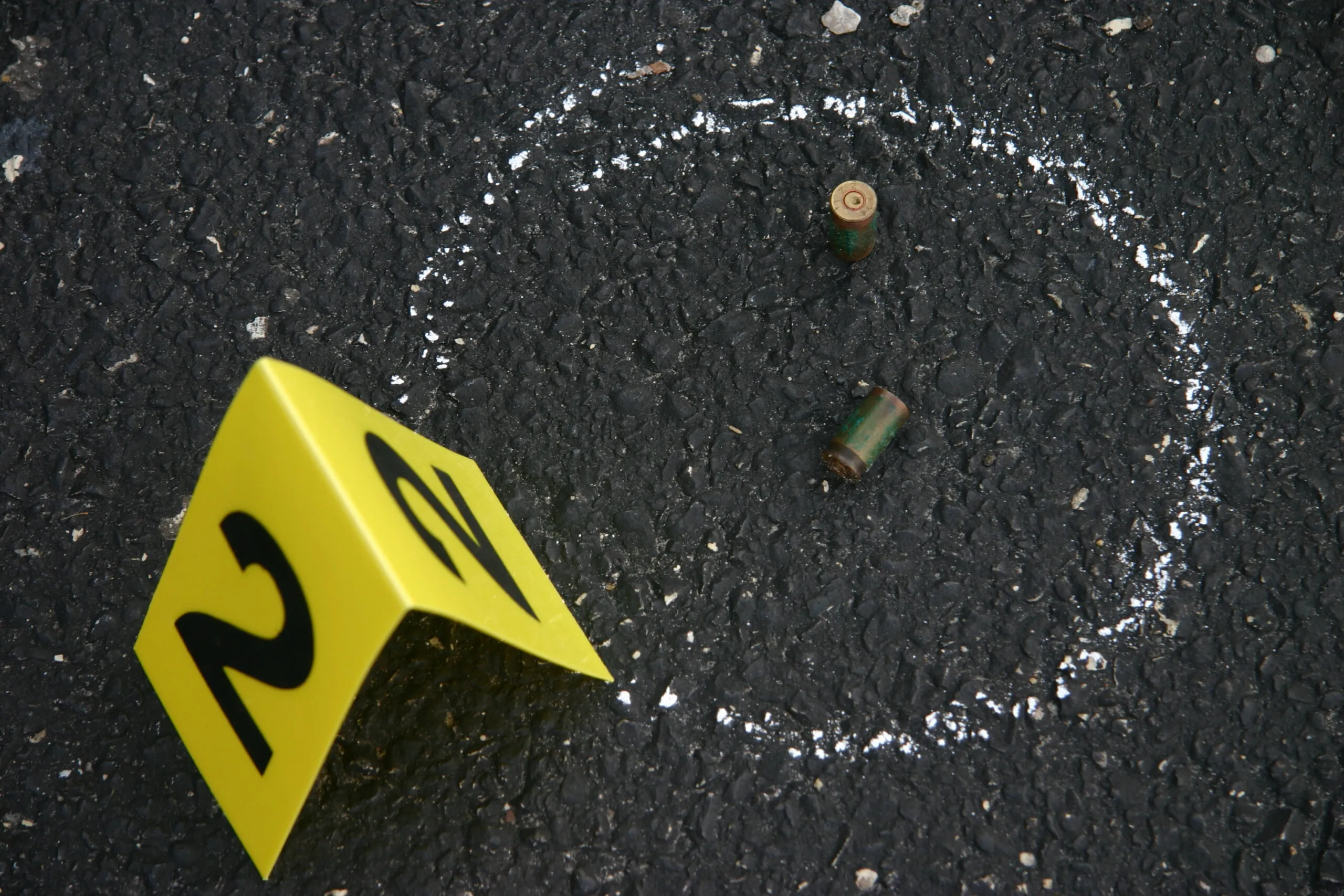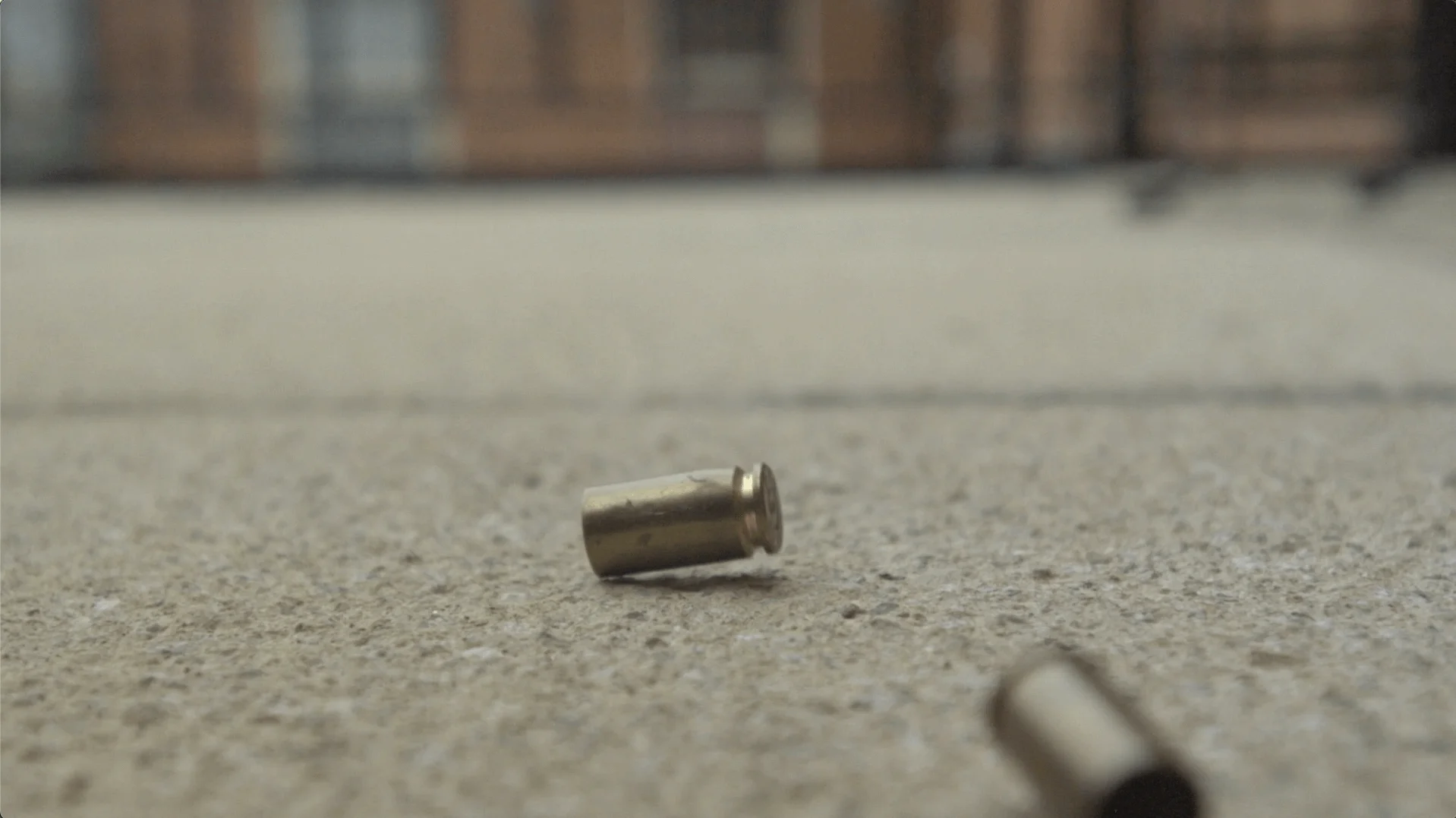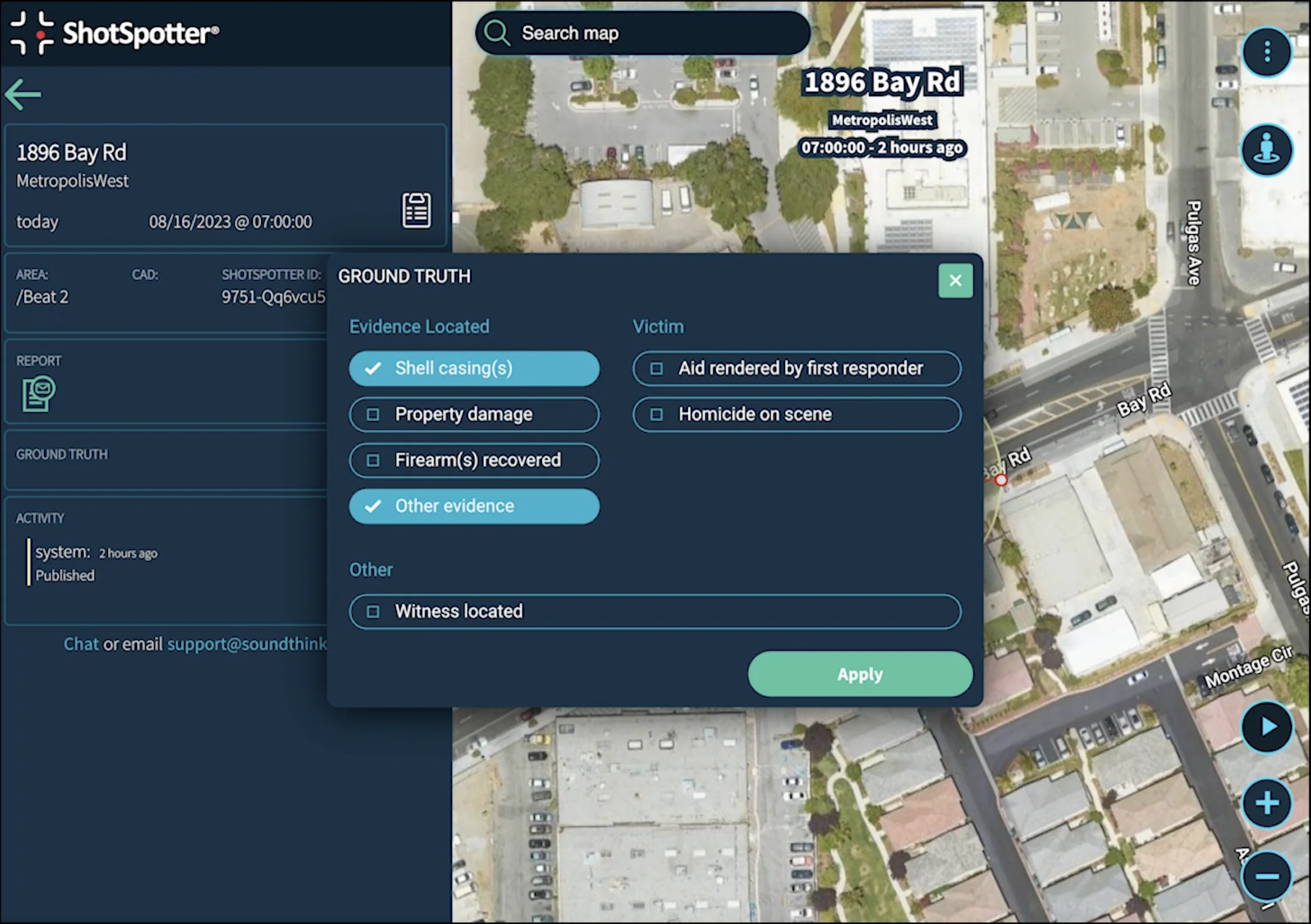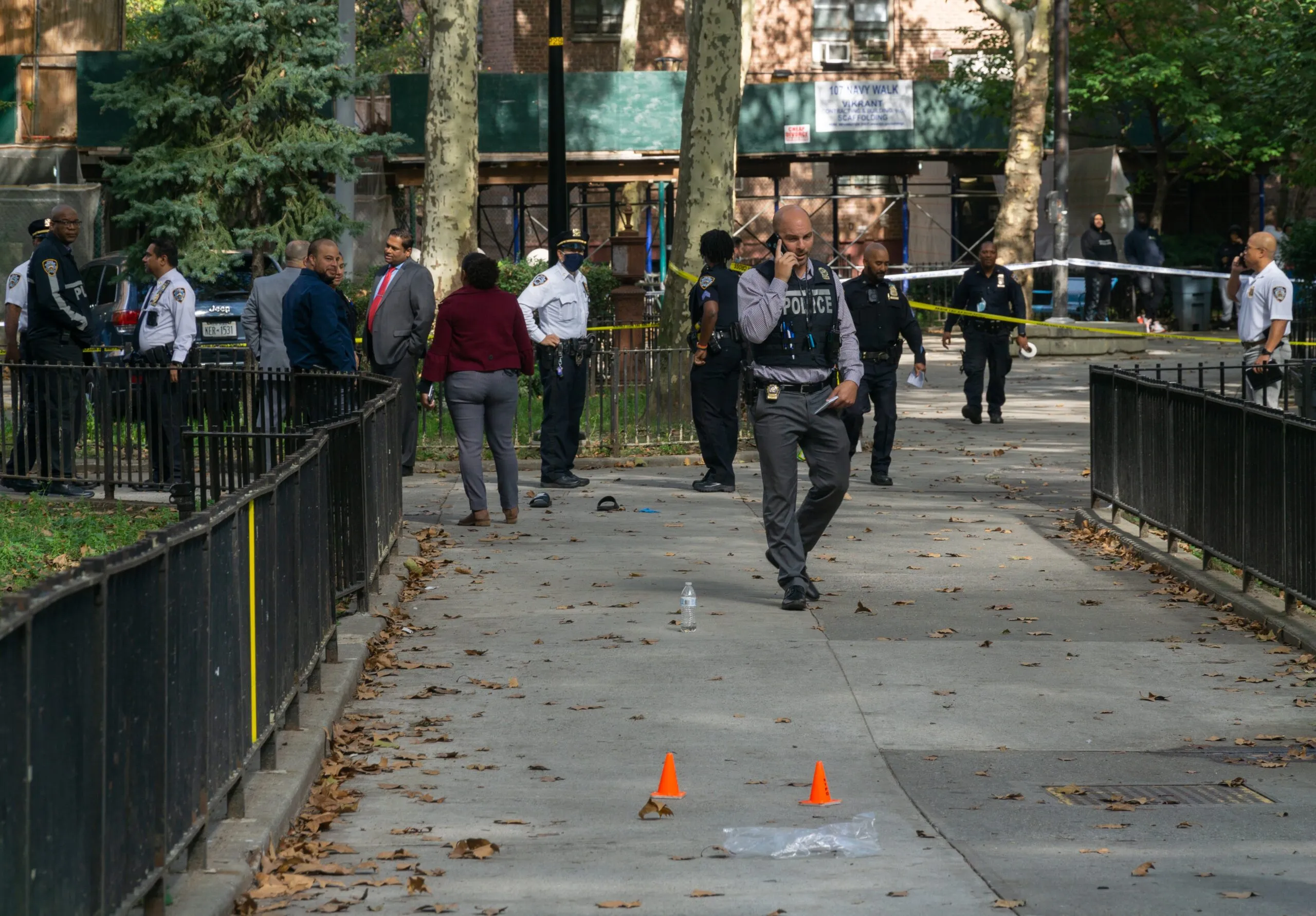In terms of seeking justice for the victims, resolution for their loved ones and peace for their neighbors, there are definitive and effective actions we can take—now. We know what must be done, it just takes leadership and some work to establish the key cross-jurisdictional partnerships, put in place the policy-driven tactics and layer in the leveraging technologies to help advance and sustain the efforts.
“If it’s not important to the leadership, it’s not important to the people on the front line”
– Carlos Canino, DAD-National Programs, ATF, 2017
Indeed, we’ve heard from policymakers, police chiefs, prosecutors and forensic experts on field-proven best practices, effective big “P” and small “p” policies and game-changing tools and scientific methods. Within these circles, the term “crime gun intelligence” hereinafter referred to as CGI has been catapulted onto the national scene.
What is Crime Gun Intelligence?
There are many sources of data that can fall under the umbrella of CGI. For example, gunshot detection and locator technology can “call the cops” even when nobody else does. It can lead police to injured victims and crucial evidence. Furthermore, home and business security cameras systems, automatic license plate readers, and forensics such as DNA and latent fingerprint analysis can all help police advance shooting investigations.
Viewed from the ATF perspective, CGI Combines the power of existing ATF technology (NIBIN and crime gun source data) with focused analysis and criminal intelligence to precisely identify and target criminal shooters and their sources of crime guns.
3 Building Blocks for Effective Shooting Investigations
When it comes to shooting investigations, there are three basic building blocks that must always be considered:
- Local police incident data,
- historical firearms transaction data managed through the ATF eTrace system, and
- ballistics data managed through the ATF National Integrated Ballistics Information Network (NIBIN).
These basic building blocks join, or should join, ATF with its key cross-jurisdictional partners—those state and local agencies affected by crimes involving the use of firearms.
ATF’s long tradition of addressing the illegal trafficking and criminal misuse of firearms, its expertise in industry oversight and engagement, and the dedication of its intelligence, enforcement, and industry personnel allows for the management of comprehensive crime gun intelligence on a national level for both tactical and strategic purposes.
Federal, state and local agencies would do well to be thinking and acting together with ATF when developing their comprehensive and sustainable crime gun intelligence strategies.
To quote former ATF Acting Director Thomas Brandon on CGI: “it’s pure ATF”.
However, ATF cannot and should not be expected to drive the institutionalizing of compressive CGI strategies across the affected cities and states alone.
It requires collaborative leadership and policy development.
4 Focus Areas for Crime Gun Intelligence Strategy Collaboration
- National Police, Prosecutor & Forensic Organizations
Collaboration among the various national police, prosecutor and forensic organizations and associations to develop and publish model policies which in turn, are adopted by their affected members.
- National Law Enforcement Assistance Agencies
Collaboration among national law enforcement assistance agencies to provide funding assistance, and implementation guidance with academic rigor.
- State & Local Legislators
Collaboration among state and local legislators for policy guidance and support. For example, as of this writing at least five States have codified field-proven CGI best practices, such as NIBIN and eTrace into law – requiring that all firearms and related evidence recovered by law enforcement are processed for actionable CGI.
- Local Leaders & Administrators
Collaboration among local leaders and administrators putting the city and county-wide CGI best practice policies in place. Crime Gun Intelligence Centers (CGICs) have been springing up around the country as a model of transformation to evidence/intelligence-led violence reduction efforts.
For a host of reasons, this transformation has not been speedy. Yet, the circumstances of today, demand that it should be. The paradigms of the past are no longer relevant to the present.
Policies alone cannot be counted on to sustain this. Cultural change is often required.
Polices may drive but only adhered to policies sustain.
Therefore, “relentless follow-up”, holding each partner accountable for doing what they agreed to do, coupled with performance measurement to determine what is working and what’s not, now become critical to program sustainability.
Calling All Leaders: Next Steps
Calling all leaders—if not you then whom?
Sustainable comprehensive CGI management requires a multi-agency, multi-discipline, cross-jurisdictional approach, integrating the unique individual value each partner brings to the table in terms of jurisdiction, authority, responsibility, and expertise.
Organizations must place the needs of the public and the country ahead of their own.
The criminal justice system is just that, a system of collective authorities, responsibilities, and expertise. Its strength comes from the bundle rather than the single twig.
Calling all leaders—this is a time of unity.
There will always be important debate about the intricate details of application but we must all come together to make the comprehensive collection and analysis of CGI for the investigation of crimes involving firearms—as institutionalized as buckling our seat belts.
Calling all leaders—the ways we have done it have changed and are now changing.
CGI is the order of the day and the most effective means by which we can disrupt the cycles of violence that we and our neighbors may find ourselves in, and alter the trajectory on which violent gun crime threatens our most vulnerable communities.
Finally, we can’t wait until our wish lists get fulfilled and the resources we need are dumped into our proverbial laps. Resources—or the lack of them—must not stifle strategic thinking and action. Where do we land when we chase that wish list mirage? The Spanish writer Miquel Cervantes said it best: “By the Street of By and By you arrive at the House of Never”.





